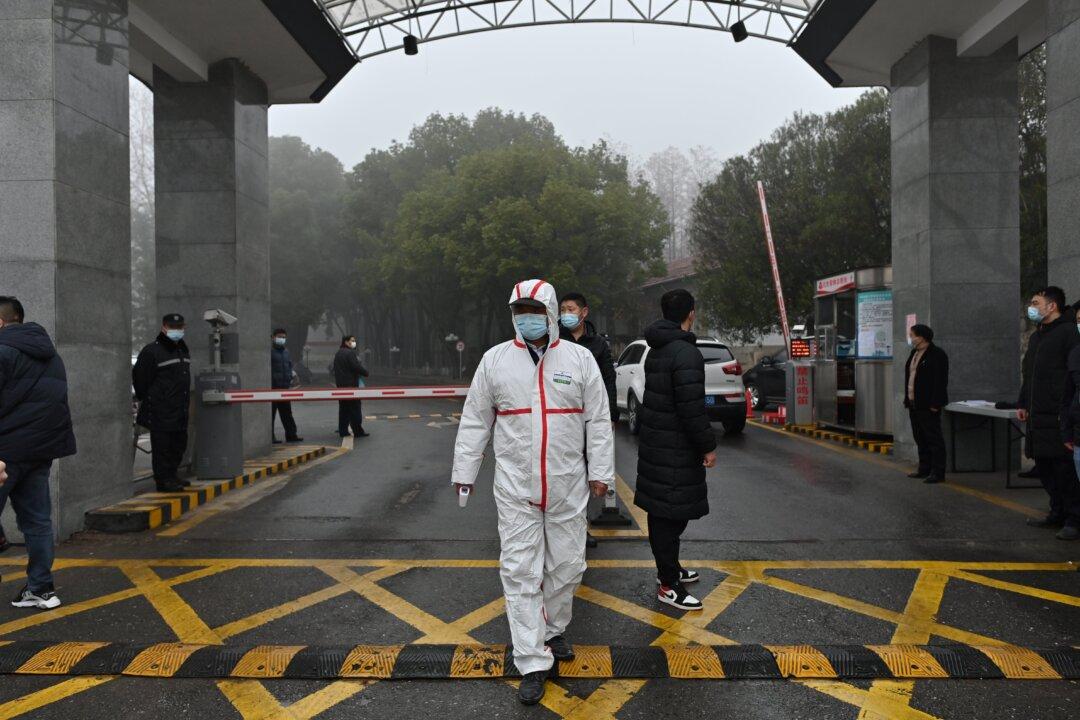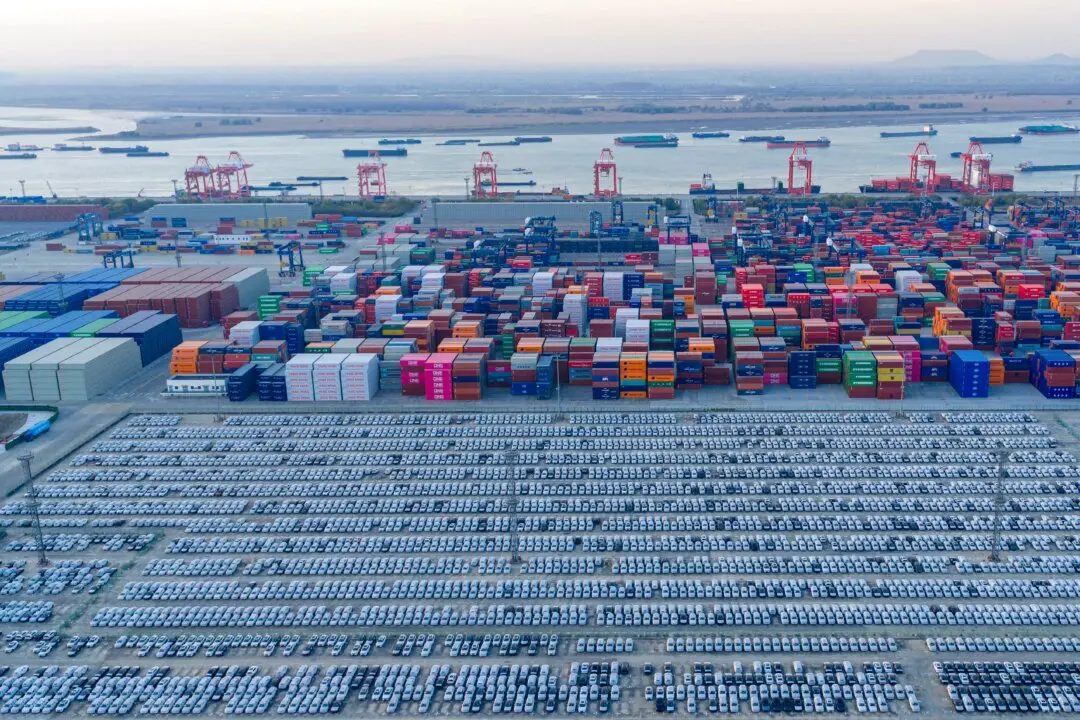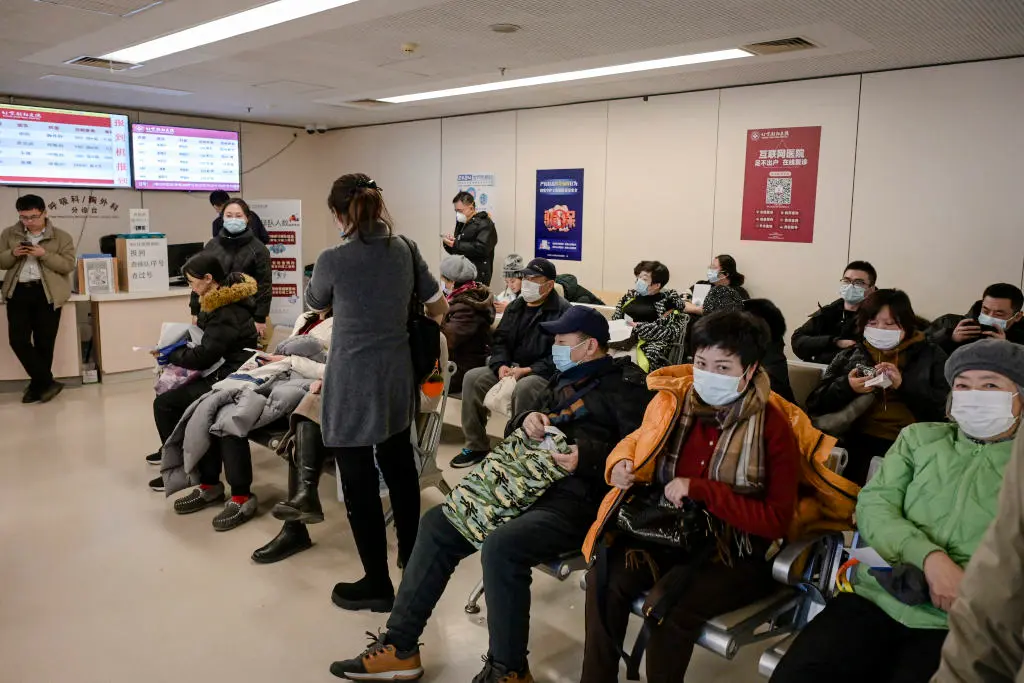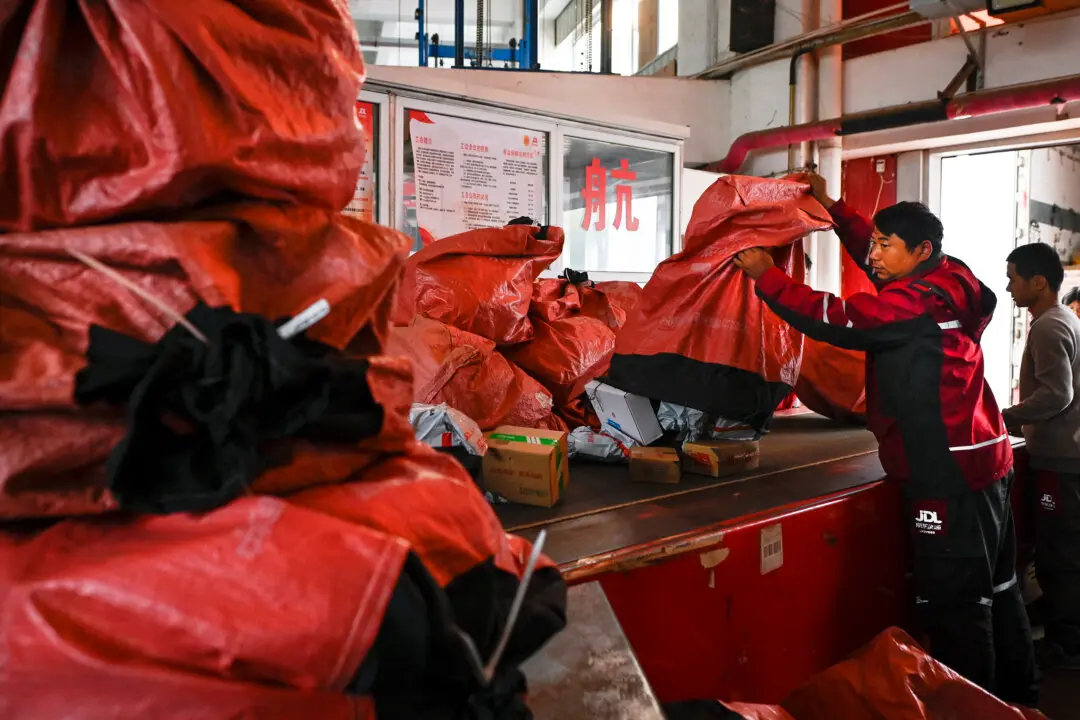Internal documents that were leaked to The Epoch Times show that the Chinese communist regime has a large amount of data on influenza and other diseases that have symptoms similar to COVID-19, but hasn’t disclosed it to the outside world.
Since completing an investigation into the origins of the CCP (Chinese Communist Party) virus pandemic, experts on the team assigned by the WHO have complained about the Chinese regime’s refusal to provide the related data.




